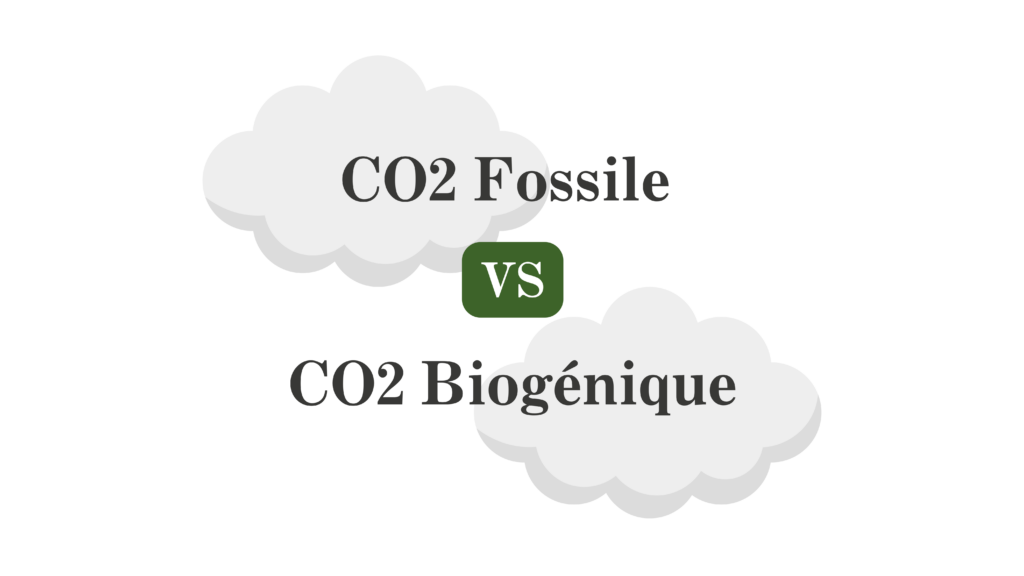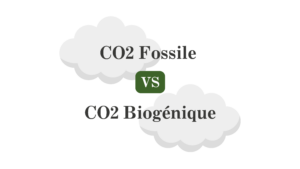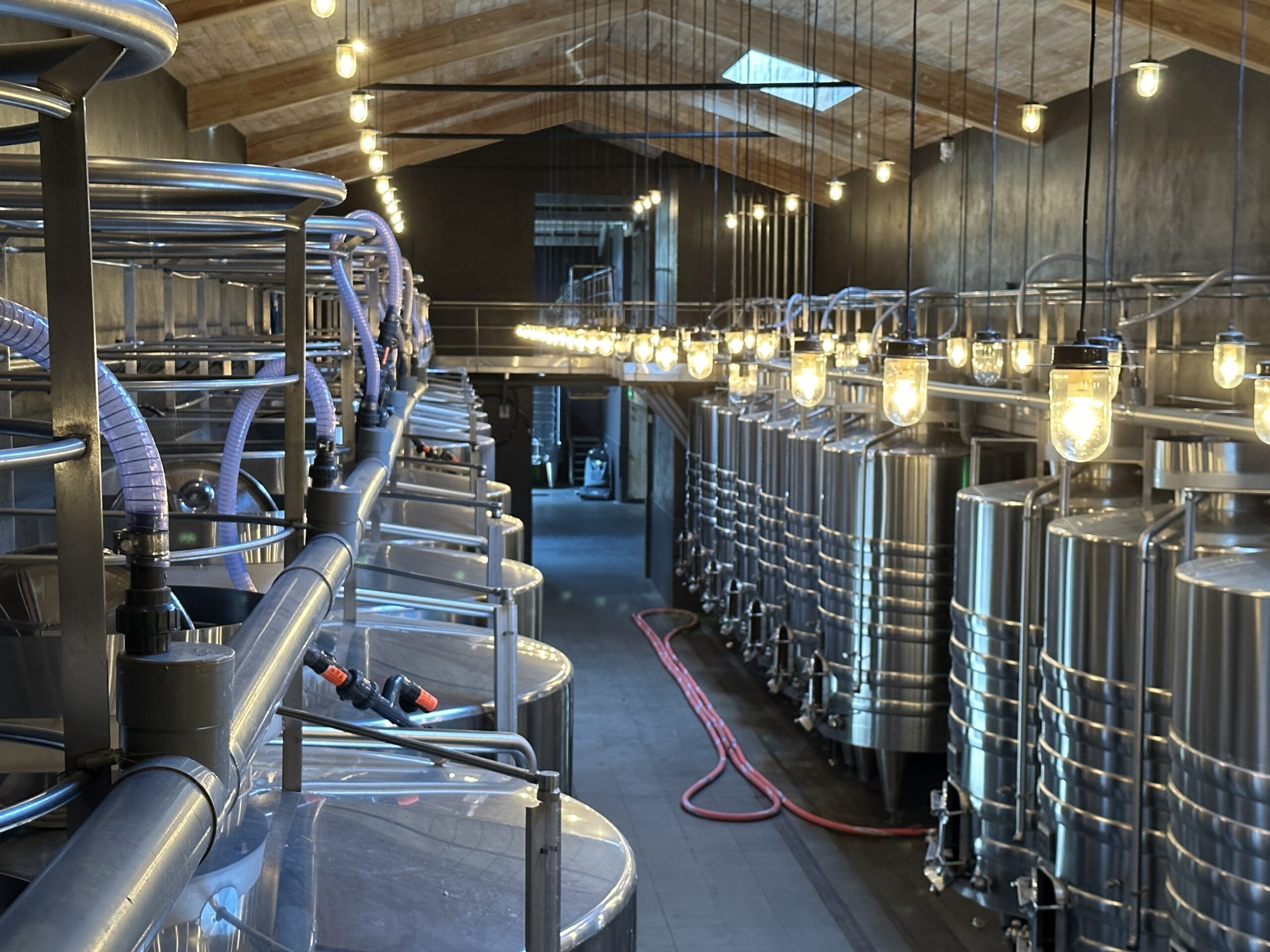The CO₂ A more sustainable solution than CO₂ Fossil fuels for a responsible future
Carbon dioxide (CO₂) is much more than just a greenhouse gas. It plays a central role in our planet's climate dynamics, and its management has become crucial in the fight against global warming. But not all CO₂ is created equal. While fossil CO₂ continues to be a major cause of climate disruption, biogenic CO₂ is emerging as a more sustainable and environmentally friendly solution. In this article, we'll explore the fundamental differences between these two forms of CO₂ and why biogenic CO₂ is unquestionably a better option for a greener future.
The CO₂ fossil: a deregulated climate cycle
Fossil CO₂ comes from the combustion of non-renewable resources such as coal, oil and natural gas. These fossil fuels contain carbon that has been stored in the earth's crust for millions of years. When these resources are extracted and burned to produce energy, the ancient carbon is released into the atmosphere in the form of CO₂. This disrupts the natural balance of the carbon cycle and significantly increases the concentration of greenhouse gases in the atmosphere, contributing to global warming.
The main problem with fossil CO₂ is that it adds "old" carbon to the atmosphere. This carbon has not been part of the natural carbon cycle for millions of years, amplifying the greenhouse effect disproportionately. In other words, the burning of fossil fuels is a major factor in climate disruption, as it releases massive quantities of CO₂ that were not present in the environment on the human timescale.
The CO₂ biogenic: a greener solution
Conversely, biogenic CO₂ comes from the decomposition or combustion of recent organic matter, such as plants, agricultural residues or organic waste. This type of CO₂ is part of a much shorter carbon cycle. This is because plants absorb CO₂ during photosynthesis, and this carbon is released again when they decompose or are burned. This mechanism creates a balance, where the carbon emitted by biomass is roughly equivalent to the carbon it has captured during its growth. In other words, biogenic CO₂ is considered "carbon neutral" in the short term.
One of the main advantages of biogenic CO₂ is that it does not permanently disrupt the natural carbon cycle. Unlike fossil CO₂, which adds "old" carbon to the system, biogenic CO₂ is part of a constant exchange in the biosphere. In short, biomass, whether forests, agricultural crops or even organic waste, contributes to a virtuous circle where the CO₂ emitted is rapidly absorbed by new plants and crops.
The environmental benefits of CO₂ biogenic
- Carbon neutral : Biogenic CO₂ does not contribute to the net increase in CO₂ concentration in the atmosphere, unlike fossil CO₂. This characteristic is crucial for limiting global warming, as it maintains a balance between carbon emissions and absorption.
- Reducing dependence on fossil fuels: By promoting the use of renewable resources and the recovery of organic waste, biogenic CO₂ reduces dependence on fossil fuels, which is essential for lowering overall CO₂ emissions.
- Sustainable industrial applications : Biogenic CO₂ can be captured at source, purified and reused in a variety of industries. For example, in the wine, brewing and methanization sectors, CO₂ emissions from fermentation or biomass degradation can be captured and used for various industrial applications, creating a circular economy. In these sectors, biogenic CO₂ is valorized, reducing the costs associated with the purchase of fossil CO₂.
Innovative solutions for capturing and recovering CO₂ biogenic
Modern technologies now make it possible to capture, purify and recover biogenic CO₂ directly at the source of emission. These technologies are essential for maximizing the use of CO₂ and creating closed circular economy circuits. For example, CO₂ captured in breweries and wineries can be reused to inert fermenters or protect musts from oxidation, or for carbonation of sparkling wines.
These innovations not only reduce dependence on fossil sources of CO₂, but also generate additional income for the companies that adopt these technologies. This demonstrates that it is possible to reconcile environmental objectives with economic profitability.
Conclusion: a more sustainable future thanks to CO₂ biogenic
Fossil CO₂ is a major source of climate change and must be phased out if we are to limit environmental damage. In contrast, biogenic CO₂, due to its cyclic and carbon-neutral nature, represents a viable and sustainable alternative. It offers a multitude of industrial applications, promotes a circular economy and reduces dependence on fossil fuels.





